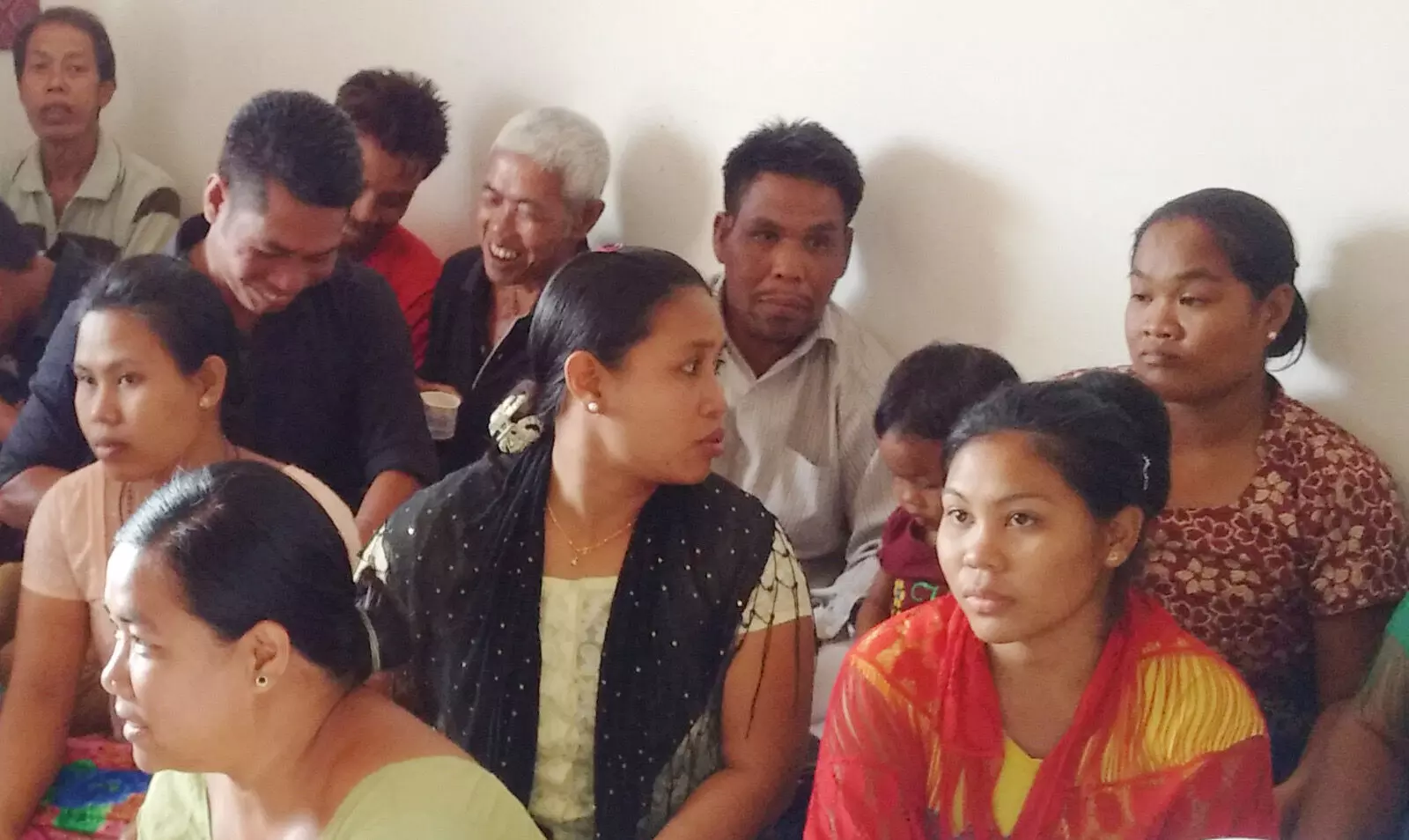CCMB, BHU scientists reveal Austroasiatic connection of Nicobarese
The Nicobar Islands home to an estimated 25,000 Nicobarese whose Autroasiatic connection was revealed by CCMB, BHU scientists
By Newsmeter Network
Nicobar islands has 25,000 Nicobarese whose ancestral connection is found with Austroasiatic populations according to CCMB and BHU study
Hyderabad: A recent genetic study has shed new light on the ancestry and heritage of the Nicobarese people, an Indigenous population inhabiting the Nicobar Islands in the eastern Indian Ocean.
The study, conducted by researchers from nine institutions, was co-led by Dr Kumarasamy Thangaraj of the CSIR-Centre for Cellular and Molecular Biology (CCMB), Hyderabad, and Prof. Gyaneshwer Chaubey from Banaras Hindu University (BHU), Varanasi.
The findings, recently published in the European Journal of Human Genetics, provide fresh insights into the origins and genetic affinities of the Nicobarese with South and Southeast Asian populations.
Nicobarese Ancestry and Settlement Timeline
The Nicobar Islands, home to an estimated 25,000 Nicobarese, are known for their flat topography, coral reefs, and sandy beaches. Earlier theories suggested that their linguistic ancestors arrived on the islands during the early Holocene, approximately 11,700 years ago.
However, Dr Thangaraj stated, “Our new genetic research, involving 1,559 individuals from South and Southeast Asia, indicates a significant ancestral connection of the Nicobarese with Austroasiatic populations across these regions. Our studies also suggest that the Nicobar islanders settled there approximately only 5,000 years ago.”
Shared Heritage with Austroasiatic Populations
The study revealed a genetic affinity between the Nicobarese and the Htin Mal community, an Austroasiatic-speaking group from Southeast Asia. Despite this connection, the Htin Mal have maintained ethnic distinctness over time.
“Genomic regions shared across linguistic groups suggest an ancient distribution of Austroasiatic populations in Southeast Asia,” said Prof. Chaubey, the lead author. He added, “Our findings compellingly argue that the Nicobarese and the Htin Mal represent valuable genetic proxies for understanding ancient Austroasiatic heritage.”
Implications for Southeast Asian Genetic Diversity
The research underscores the importance of the Nicobarese as a key population for studying the ancient genetic diversity of Southeast Asia.
“This research opens up new avenues for understanding the rich tapestry of genetic diversity in Southeast Asia and highlights the importance of preserving the cultural and genetic heritage of Indigenous populations,” said Dr Vinay K. Nandicoori, Director of CSIR-CCMB.
Significance of the Study
By using DNA markers inherited from both parents, as well as exclusively maternal and paternal markers, the researchers were able to trace the genetic affinities of the Nicobarese in greater detail than before. The findings not only challenge previous timelines but also emphasize the ancient spread and influence of Austroasiatic populations across the region.
This research contributes to a broader understanding of the genetic and cultural heritage of Indigenous populations and serves as a reminder of the value of preserving their unique histories.